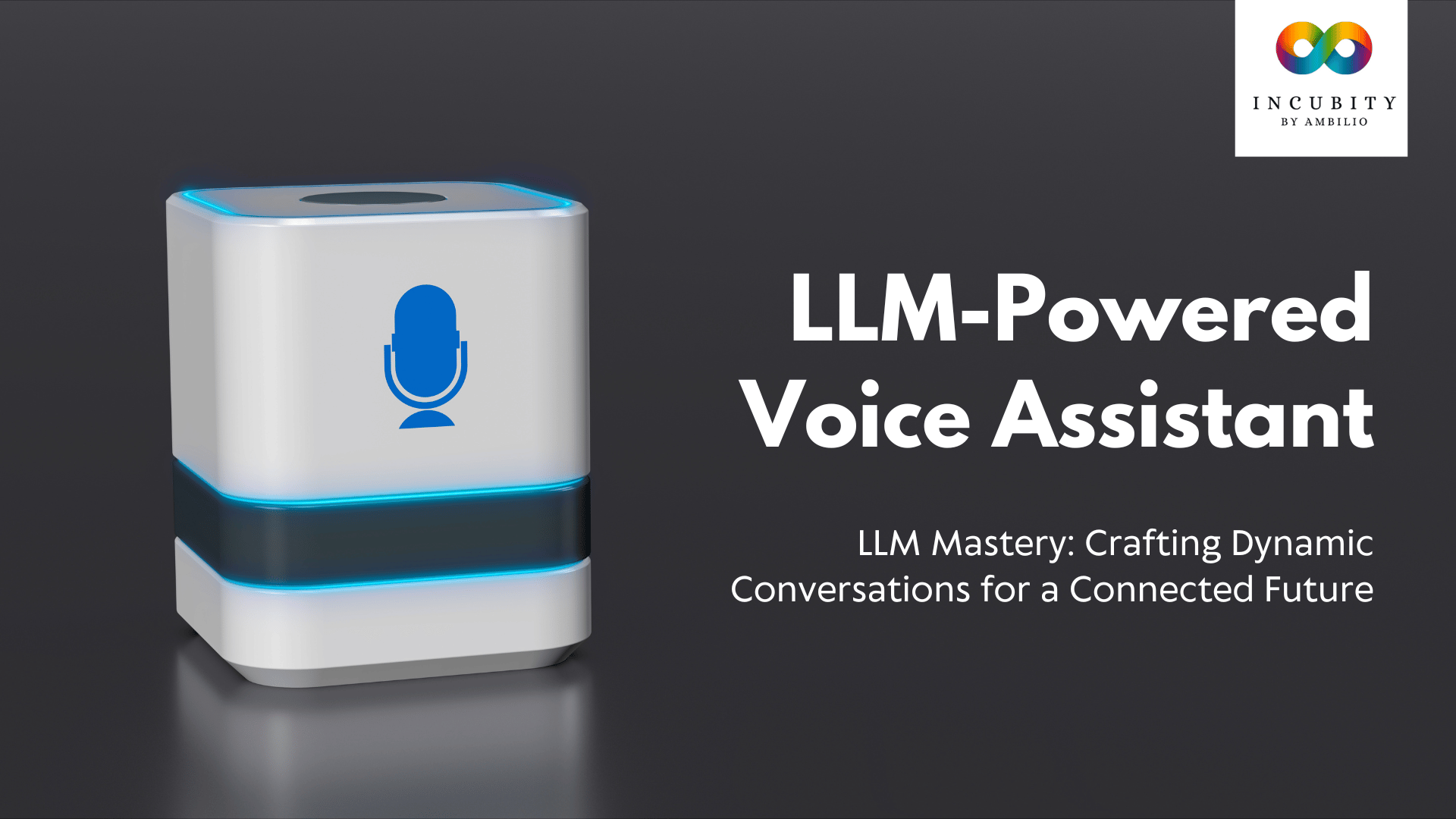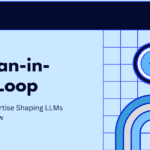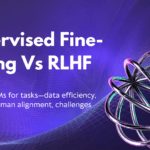In the ever-evolving landscape of artificial intelligence, creating a voice assistant powered by Large Language Models (LLMs) stands as a fascinating and ambitious endeavor. In this detailed article, we will explore the intricacies of building an LLM-powered voice assistant, from understanding the working principles to selecting the right technologies and exploring its myriad applications.
How it Works?
The fundamental flow of an LLM-powered voice assistant involves several key steps, each contributing to the seamless interaction between the user and the artificial intelligence system:
1. Speech-to-Text Conversion:
The journey begins with converting spoken words into machine-readable text. Technologies such as Google Speech-to-Text or DeepSpeech come into play, accurately transcribing the user’s spoken language into textual data.
2. Natural Language Processing (NLP):
Once the speech is transformed into text, the next step is to understand its meaning. Natural Language Processing (NLP) techniques, including tokenization, sentence segmentation, and part-of-speech tagging, are employed to extract the semantics and context from the user’s input. However, these steps can be automated using per-trained transformers as well.
3. LLM Inference
The heart of the voice assistant lies in its LLM. Choosing a powerful LLM is crucial, and options like LLaMA 2 by Meta or Mixtral by Mistral AI provide state-of-the-art capabilities. These models are adept at understanding and generating human-like text, making them ideal for conversational interfaces.
4. Text-to-Speech Synthesis
After the LLM processes the user’s query and generates a response, the system converts the generated text back into audio. Text-to-Speech (TTS) models, such as SpeechT5 by Microsoft, are employed to ensure a natural and coherent voice output.
Techniques and Technologies
To bring this intricate system to life, a combination of techniques and technologies must be carefully selected:
1. LLM Selection
Choosing the right LLM is paramount. LLaMA 2 by Meta and Mixtral by Mistral AI are noteworthy contenders. For instance, Mixtral is a sparse mixture-of-experts model that excels in performance with a sparse architecture, enabling efficient inference and cost-effective processing.
2. Speech Recognition APIs
Integrating reliable Speech Recognition APIs, like those offered by Google or Mozilla, enhances the accuracy of converting spoken words into text, forming the initial bridge between user input and machine understanding.
3. NLP Libraries
NLP libraries such as spaCy or NLTK play a crucial role in deciphering the semantics of the user’s input. These libraries provide essential tools for tasks like tokenization and sentiment analysis, contributing to a deeper understanding of the user’s intent.
4. AI Frameworks
Frameworks like TensorFlow or PyTorch come into play for the training and deployment of LLMs. These frameworks facilitate the development of robust models, ensuring optimal performance and scalability.
5. Development Tools and Platforms
Selecting the right development tools, such as React or Flask, for building the user interface ensures a smooth and intuitive interaction. Additionally, deploying the voice assistant on scalable platforms like AWS or Google Cloud enables accessibility and responsiveness.
Top Application Areas
The versatility of an LLM-powered voice assistant opens the door to a myriad of applications, transforming the way users interact with technology:
1. Customer Service
An LLM-powered voice assistant can provide personalized and efficient customer support, answering queries and resolving issues in real-time.
2. Smart Home Management
Voice commands become the gateway to controlling smart home devices, from adjusting lights to setting the thermostat, enhancing convenience and accessibility.
3. Education and Learning
The voice assistant can offer personalized tutoring, answer academic queries, and facilitate interactive learning experiences across various subjects.
4. Accessibility Tools
For visually impaired or disabled users, the voice assistant becomes a valuable tool, assisting in daily tasks and improving accessibility to technology.
5. Creative Content Generation
Beyond practical applications, the voice assistant can engage in creative endeavors, composing poems, scripts, or musical pieces based on user prompts, showcasing its versatility.
Work on this idea in Incubity’s AI Project Mentoring Program. Visit for more details.
Concluding Remarks
Building an LLM-powered voice assistant is a multifaceted journey that demands a careful selection of technologies, meticulous development, and a keen understanding of user needs. As advancements continue in the realm of LLMs, the possibilities for creating more intelligent and intuitive voice assistants are limitless. As developers embark on this exciting endeavor, ethical considerations, user privacy, and responsible AI practices must remain at the forefront to ensure the widespread acceptance and success of these AI-driven conversational interfaces.




